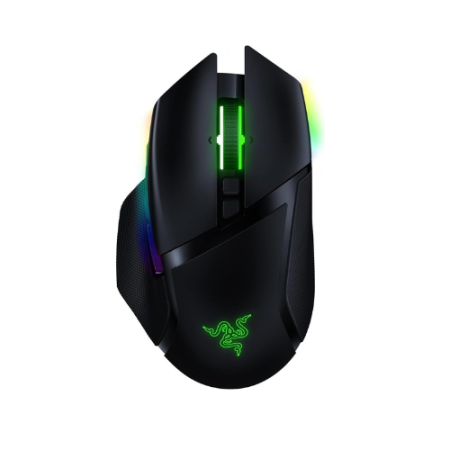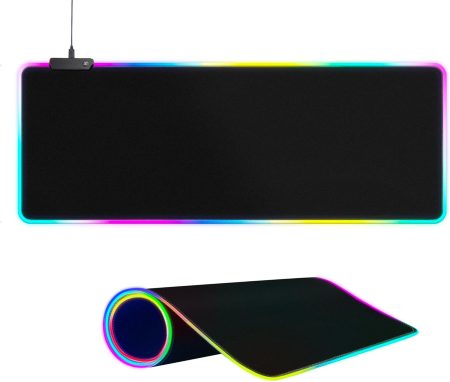If your central processing unit (CPU) is having trouble booting up or running smoothly, the pins on your CPU may be bent. Or have you accidentally dropped your CPU and found its pins bent? This can be a real bummer, as it can cause significant damage to the delicate pins in your processor. To fix this problem, you must know how to straighten bent pins without causing further damage.
In this article, we will discuss the issue of bent CPU pins and provide steps to fix them.
How to Fix Bent CPU Pins: Step-by-Step Guide
You can follow these steps to fix bent CPU pins quickly:
• Inspect the Damage
The first step in repairing bent CPU pins is to inspect the pins carefully. Depending on the damage, some may be broken or damaged beyond repair. Furthermore, before installing any new parts, you should clean the CPU compartment with proper care.
• Use a Blade and Tweezers
Once you inspect the existing pins for damage and clean everything up, you can begin the repair. The blade will allow you to gently bend the pins back into their original place without breaking them further. This process might take some time as each pin needs individual adjustment, so be patient. Follow the given procedure for better results:
- Position the blade in between two rows of pins on the CPU connector. Make sure you can see each pin, making it easier to see them as you move down the row.
- Press down on the blade and straighten all the pins in a single direction. Suppose you face any resistance, stop and reposition your blade until the pins straighten in one direction.
- After you move all pins in one direction, move them back in the opposite direction with your blade. Doing this will ensure that you do not bend or damage the pins.
- If you notice any severely bent pins, you can use a pair of tweezers to gently lift them into a position where they can be accessed with a utility blade. Be careful not to damage the pins during this process.
- Continue this process until all pins are straight without damage to them or their connectors.
- Once complete, double-check each pin for possible bends or damage before replacing it with the CPU connector. Reconnect the CPU with its cables and wires for a secure connection to your system components.
After all the pins are fixed and straight, it is time to test your newly repaired CPU. Turn on your PC and check if everything is working correctly.

What Else Can You Use to Fix Bent CPU Pins
The dreaded bent CPU pin issue can create a significant problem for computer users. Fortunately, with the proper tools, this nuisance doesn’t have to be permanent. You can use simple household items like a credit card, any plastic card, sewing needles, or even mechanical pencils for this job.
Simply use the plastic card or pencil tip to straighten out the bent pin. With care and patience, anyone can take on this simple task and bring their CPU back to life.
How to Identify Bent Pins on Your CPU
One way to identify bent pins on your CPU is by visual inspection. Simply look closely at each pin and see if any of them are bent or misaligned. Another indication of bent pins is if you are experiencing error messages on your computer.
These messages may indicate a problem with the CPU or motherboard. If your computer is not booting up, this could also be a sign of bent pins. Finally, unusual behavior such as frequent crashes or blue screen errors could indicate that the CPU is not functioning properly and that bent pins may be present.
It is important to address the issue of bent pins as soon as possible to prevent further damage to your computer. If left unchecked, bent pins can cause serious problems with the functioning of your computer and may even result in the need to replace the CPU.
How to Avoid Bending Your CPU Pins in the First Place

Bending a processor pin can be costly, and it requires a lot of time and patience to fix the individual bent pin. Thankfully, there are a few simple ways one can avoid such an issue in the first place.
- When handling a CPU, carefully remove it from its packaging and hold it only by its edges.
- You should never touch the pins directly with your fingers.
- When setting it back into its socket, ensure that pins align with the holes before attempting to push down fully. Doing this will help ensure they don’t get bent in the process.
- Opting for an anti-static bag is also helpful as this adds an extra layer of protection.
Following these simple steps will go a long way toward helping you keep your components safe and working as intended.
The Consequences of Not Fixing Bent CPU Pins
If a CPU pin breaks or bends, it can have disastrous consequences. Your computer may become completely unusable. In addition, you can experience a faulty motherboard, leading to even problems.
There could be permanent damage to components, leaving significant repair costs for the user. Furthermore, if you do not deal with the pins properly, you will see other issues, such as overheating and insufficient power to the processor. It is essential to fix any bent CPU pins quickly to avoid these expensive and time-consuming outcomes.
Conclusion
To sum up, fixing bent CPU pins is not easy, but you can do it with enough patience and precision. You should always inspect the current state of your processor’s pins before attempting any repairs. Before attempting to fix any of the remaining pins, replacing broken and damaged ones beyond repair is essential.
After ensuring everything is clean and free from dust and dirt particles, you can use tweezers or a blade to do the job. Carefully adjust each pin back to its original place before testing your newly repaired CPU. With enough patience and precision, anyone can fix their bent CPU pins.














